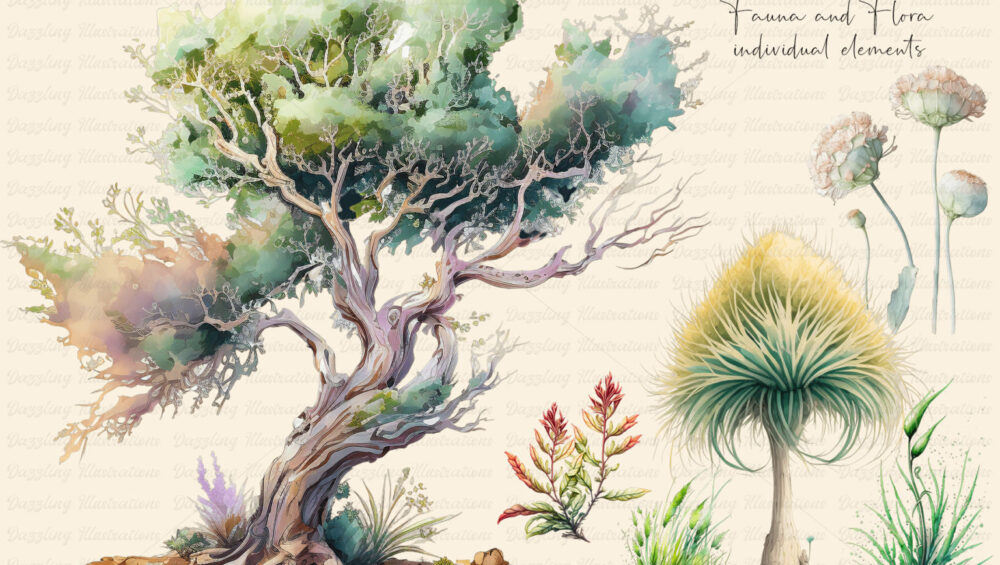In the realm of graphic design and visual communication, clipart has long been a valuable resource for artists, designers, and content creators. It provides a vast array of ready-to-use illustrations and images that can enhance and enrich various projects.

In this article, I will delve into the concept of clipart, understand its purpose, and explore how to effectively utilize it in your creative endeavors.
What is Clipart?
Clipart refers to a collection of pre-designed images, graphics, and illustrations that are typically available in digital format. These visual elements cover a wide range of themes, including everyday objects, symbols, animals, people, nature, and more. Clipart offers a convenient solution for designers who seek to add visual appeal to their projects without the need for extensive illustration work from scratch.

How to Use Clipart Effectively:
-
Define Your Project: Before diving into the world of clipart, it’s crucial to define the scope and purpose of your project. Whether you’re designing a website, creating marketing materials, or developing educational content, having a clear understanding of your objectives will help you select the most suitable clipart to complement your vision.
-
Choose the Right Source: Clipart can be obtained from various sources, including online platforms, graphic design software libraries, and dedicated clipart websites. It’s essential to choose reputable sources that offer high-quality and legally permissible clipart. Some popular sources include Creative Market, Creative Fabrica and Etsy.
-
Complement Your Theme: Select clipart that aligns with the overall theme and style of your project. Whether you’re aiming for a playful, minimalist, or professional look, ensure that the chosen clipart elements harmonize with your intended aesthetic. Consistency in visual style will create a cohesive and visually appealing final product.
-
Edit and Customize: While clipart provides ready-made visuals, don’t be afraid to modify and customize them to suit your specific needs. Most graphic design software allows you to resize, recolor, crop, and even combine multiple clipart elements to create unique compositions. This flexibility enables you to tailor the visuals to match your project’s requirements and create a personalized touch.
-
Placement and Integration: Consider the placement and integration of clipart within your design. Ensure that the size, position, and alignment of the clipart elements harmonize with the overall layout. Balancing the visual hierarchy will help guide the viewer’s attention and enhance the overall composition.
-
Be Mindful of Context: When utilizing clipart, be mindful of the context in which it is being used. Ensure that the clipart elements accurately represent the intended message and maintain cultural sensitivity. Avoid using clipart inappropriately or out of context to maintain the integrity and professionalism of your project.
-
Legality and Attribution: Pay attention to the licensing requirements associated with the clipart you choose. Some clipart may be free for personal use, while others require attribution or are only available for commercial purposes. It is crucial to understand the licensing terms and comply with them accordingly to avoid copyright infringement.

Conclusion:
Clipart offers a wealth of visual resources that can ignite your creativity and streamline the design process. By carefully selecting and incorporating clipart into your projects, you can save time and effort while adding visual impact. Remember to choose reputable sources, customize the clipart to fit your project’s needs, and respect licensing requirements. Embrace the versatility of clipart and unlock a world of possibilities to elevate your creative endeavors.
PS: You can purchase the showcased Australian Clipart Set with Australian Flora and Fauna here in store: Australian Animals and Plants – Watercolor Illustrations








